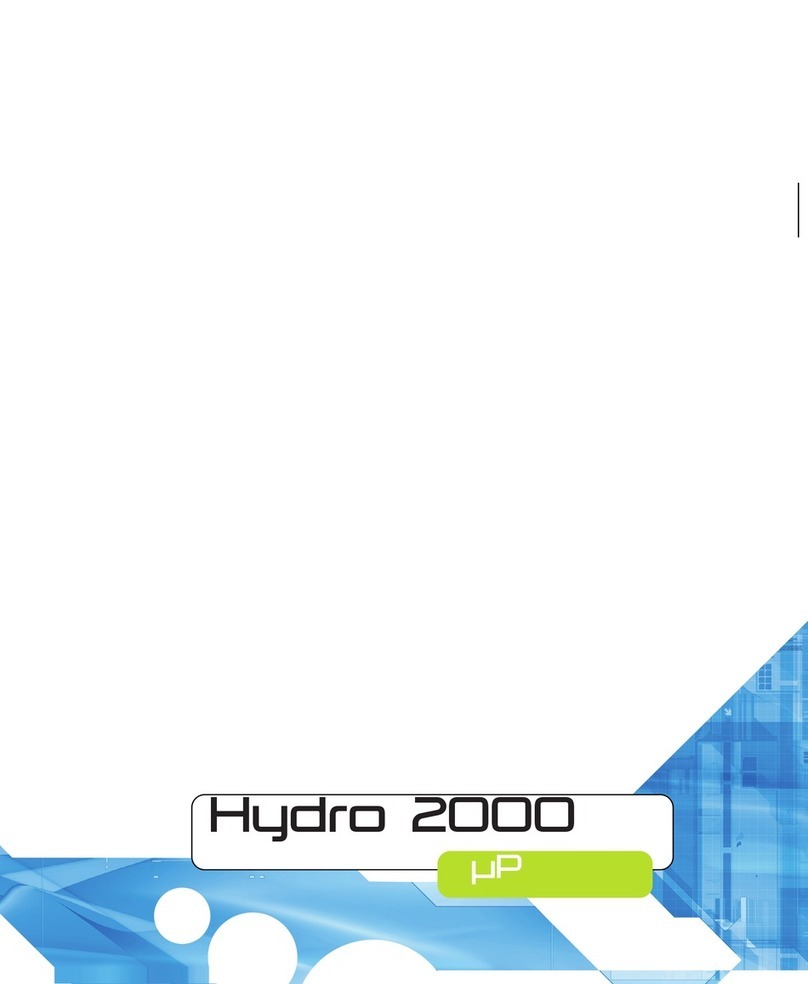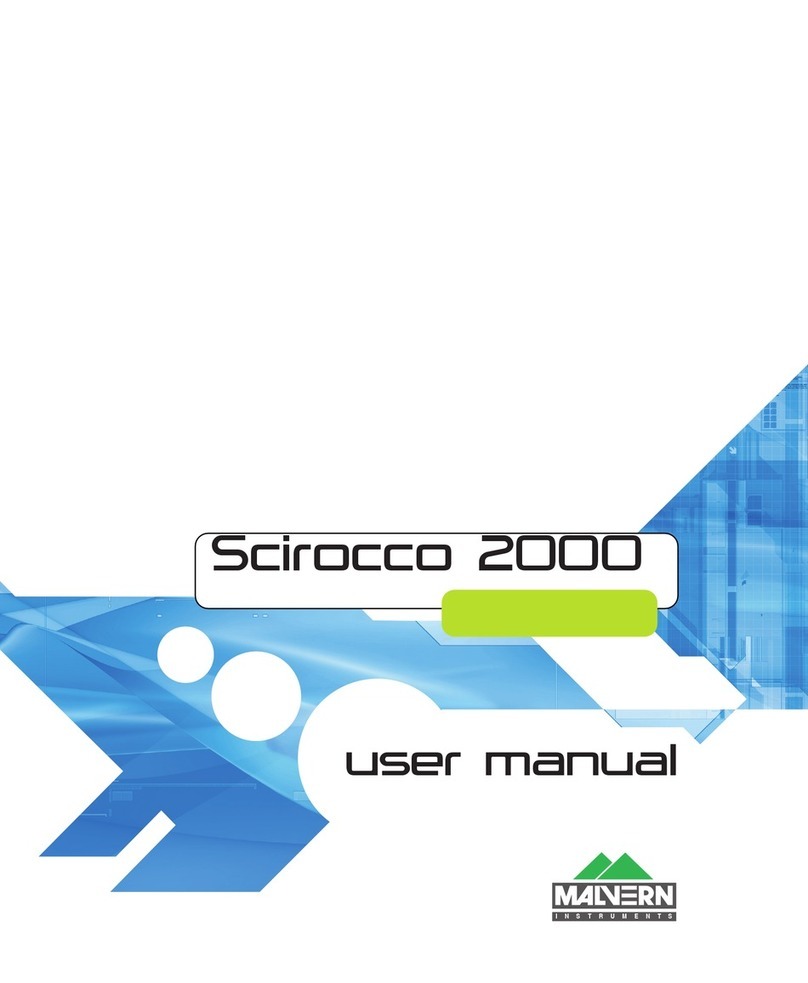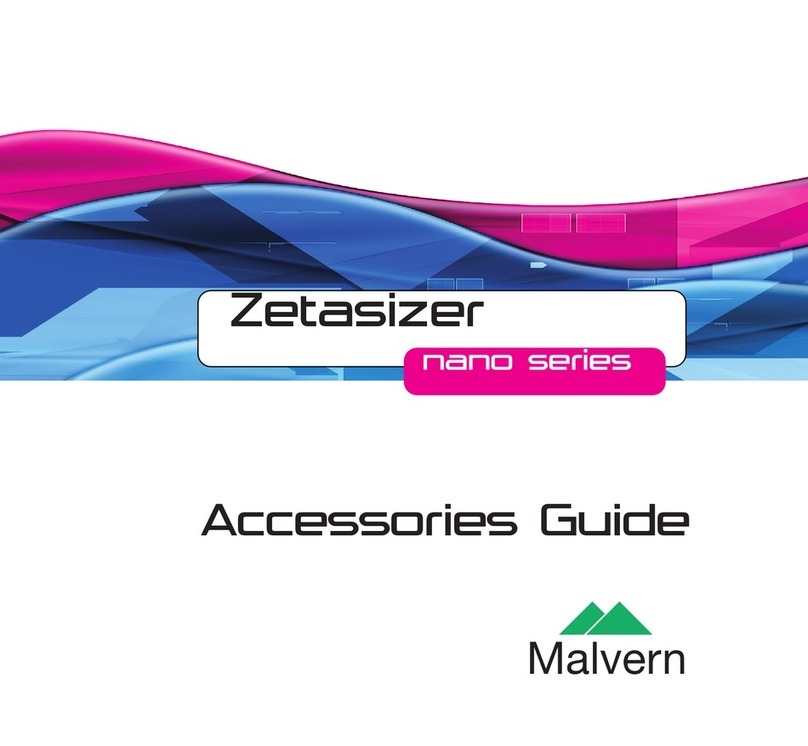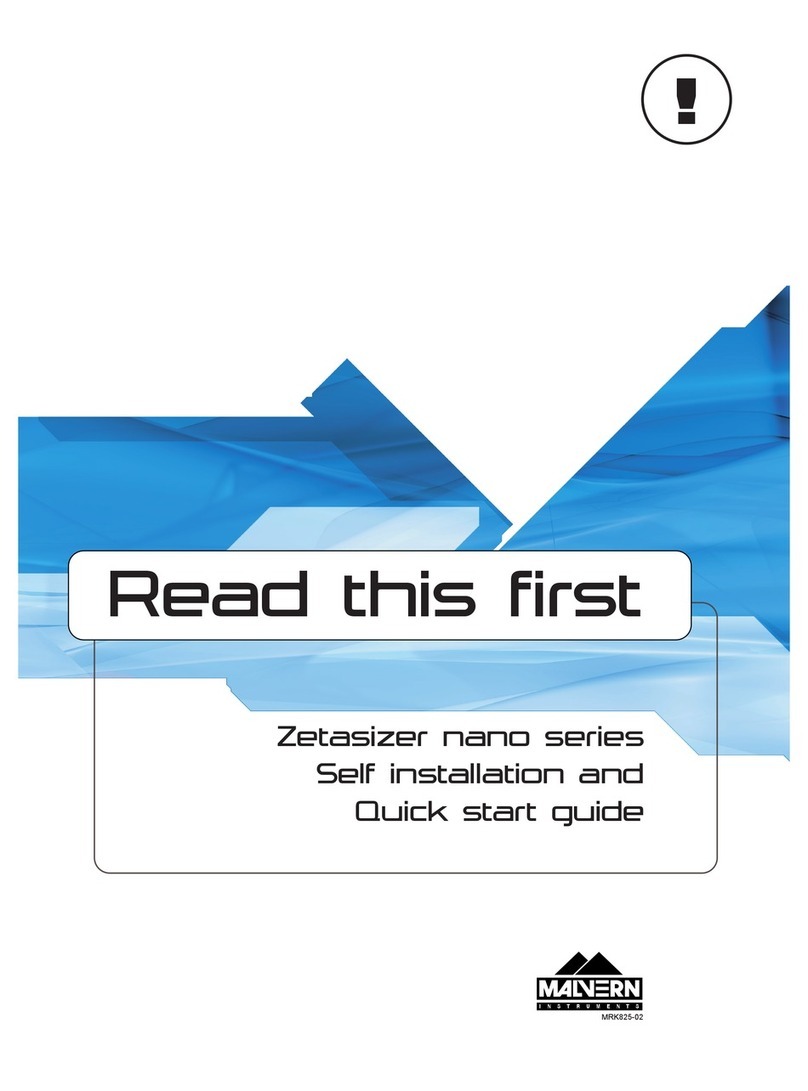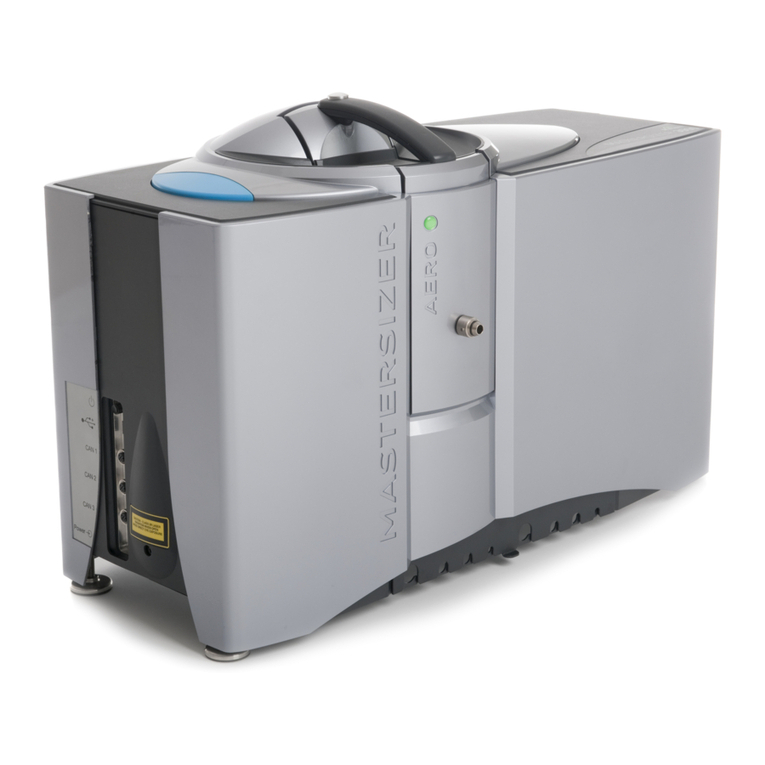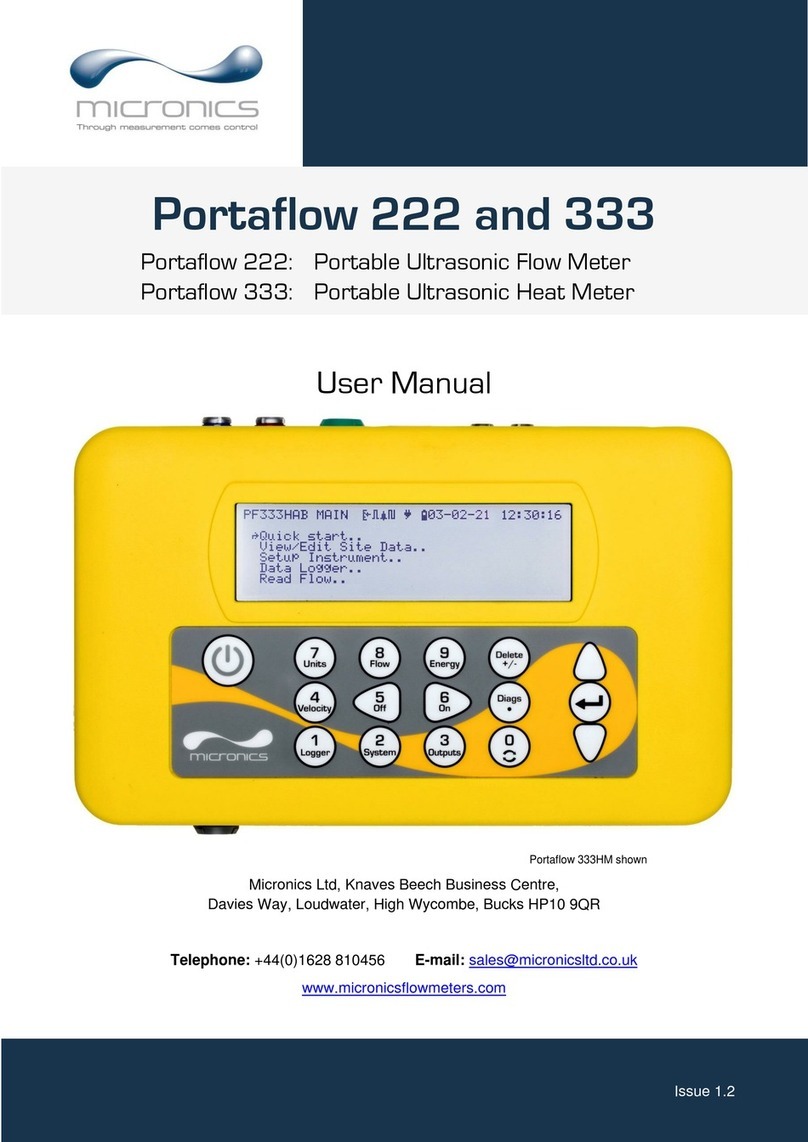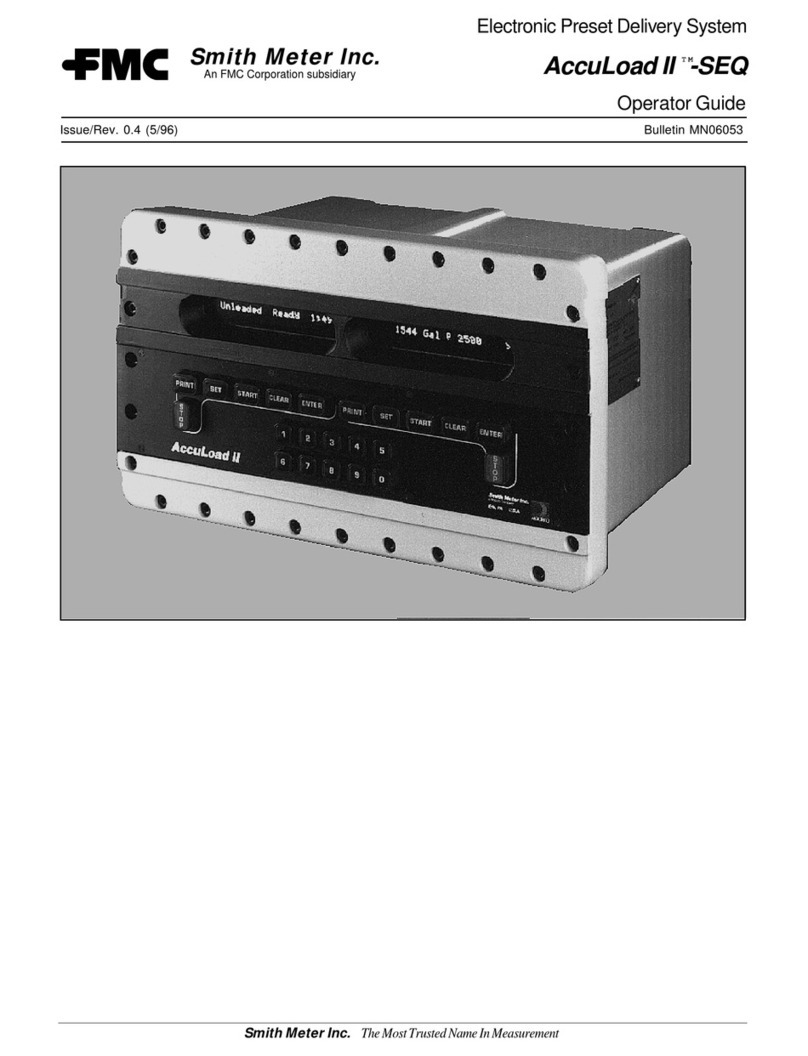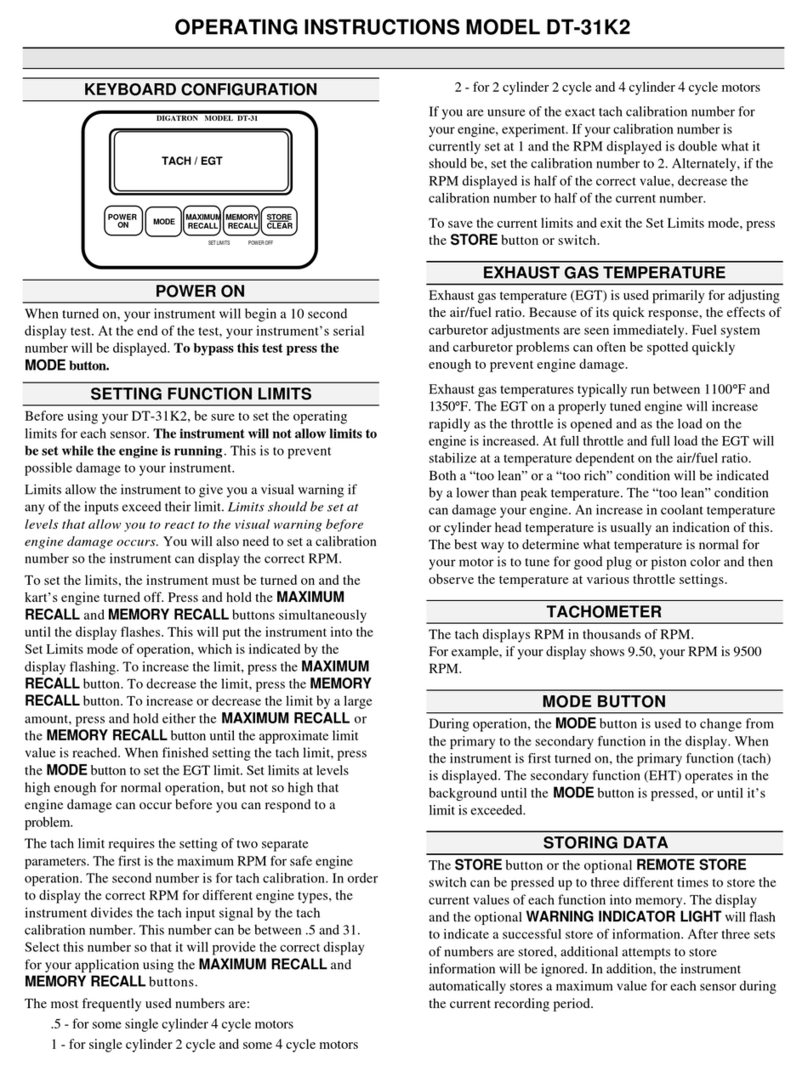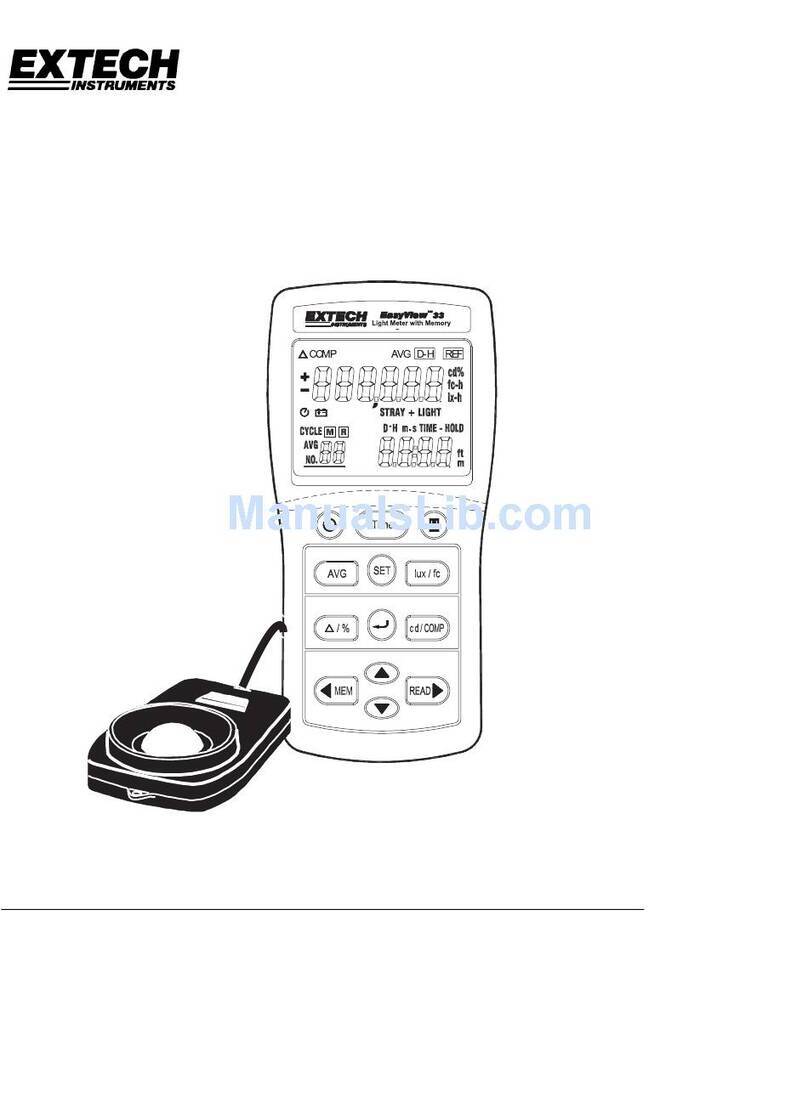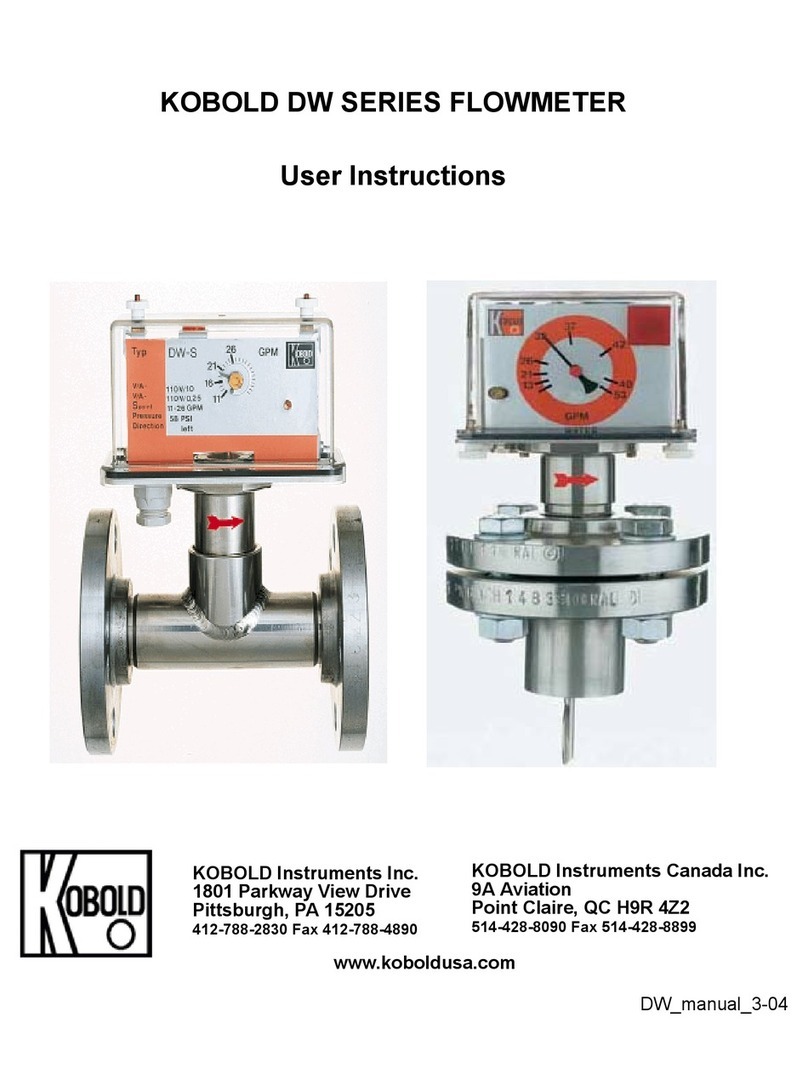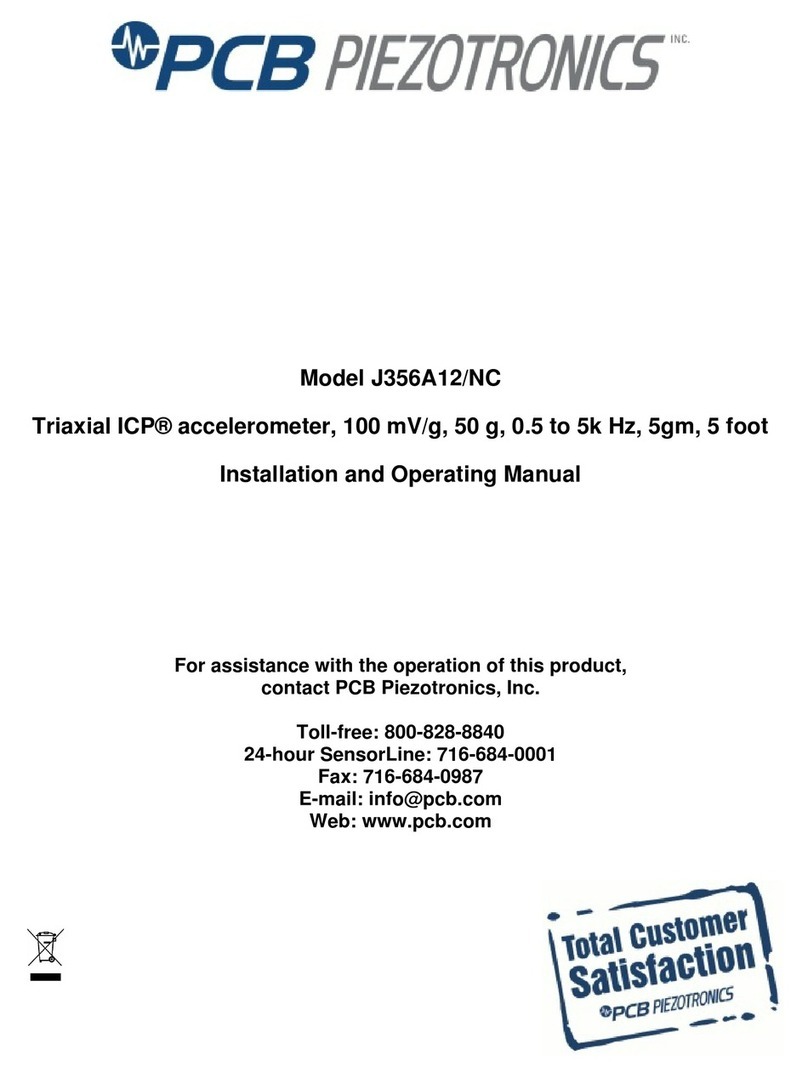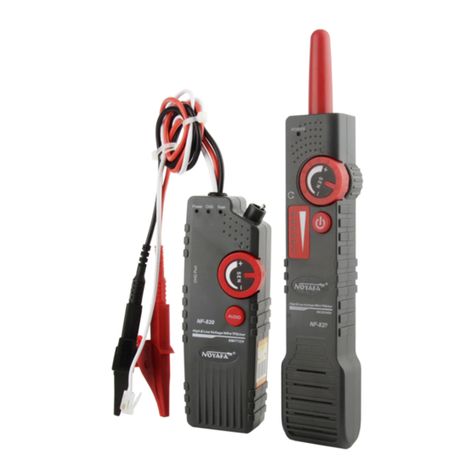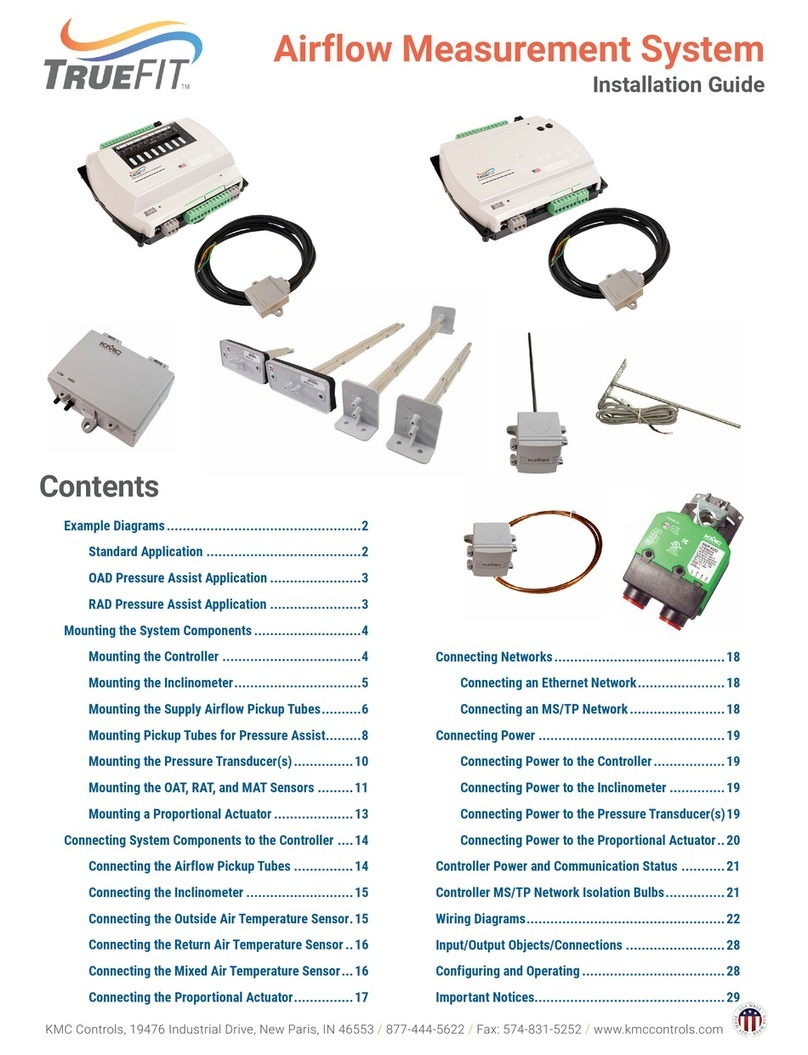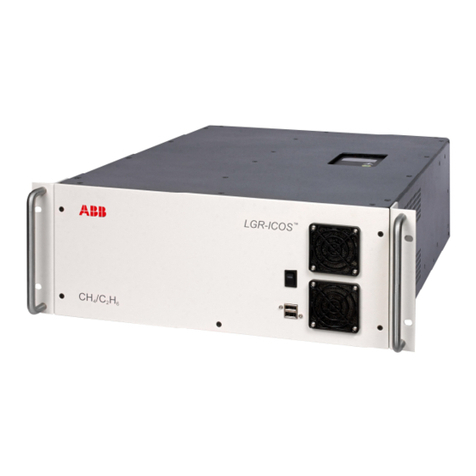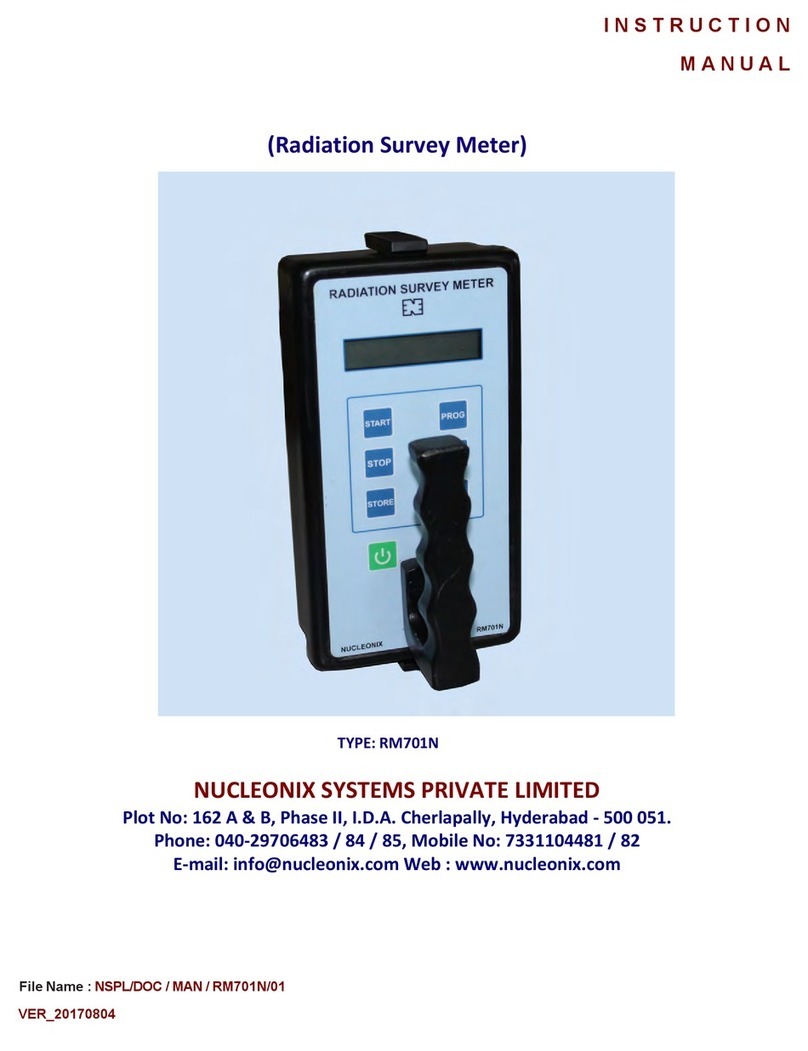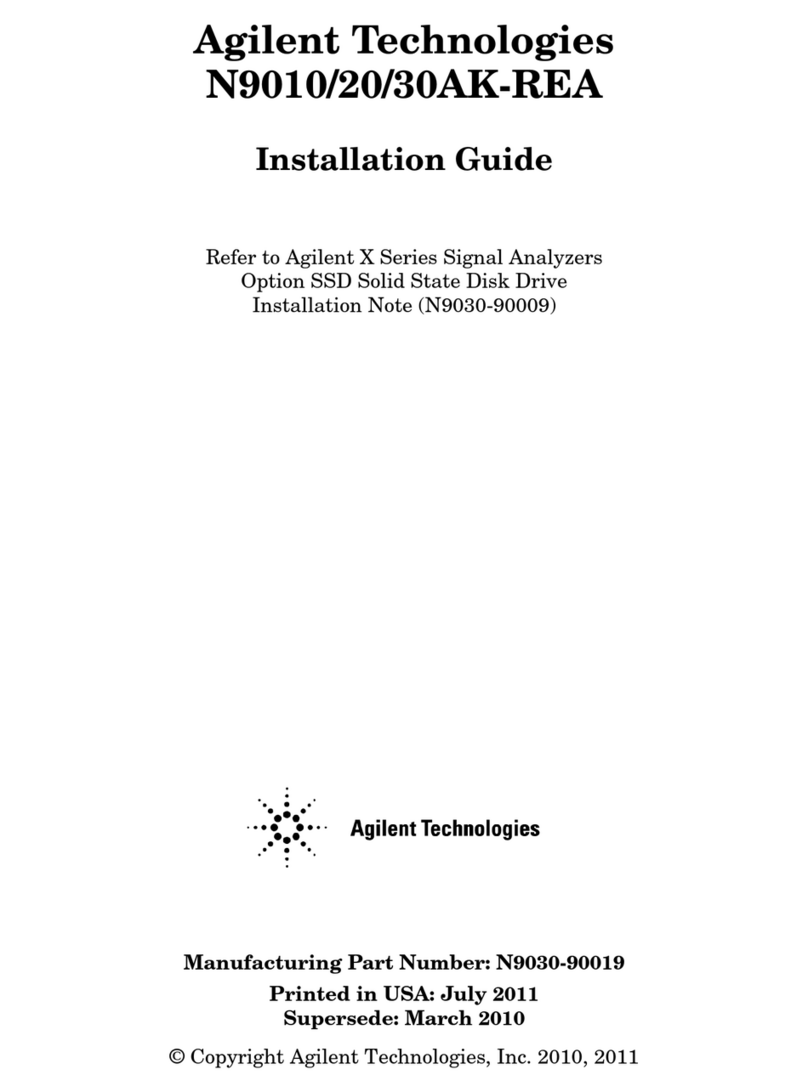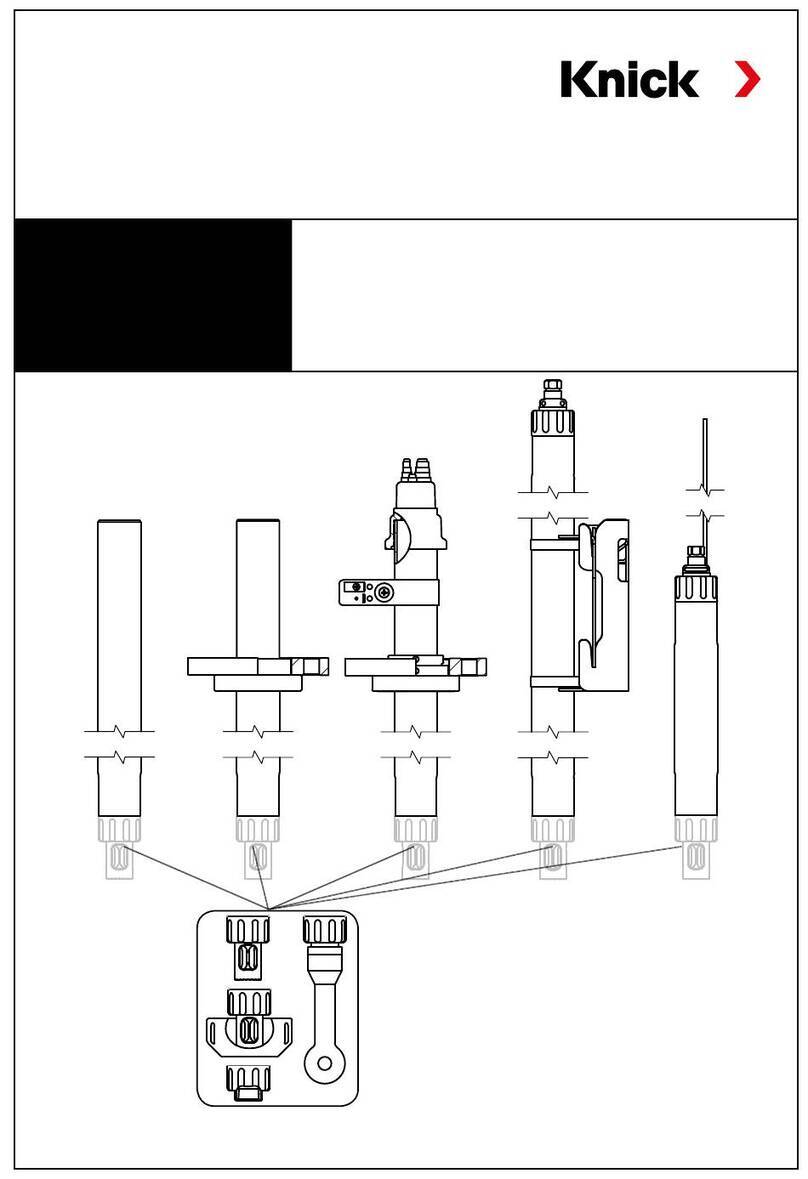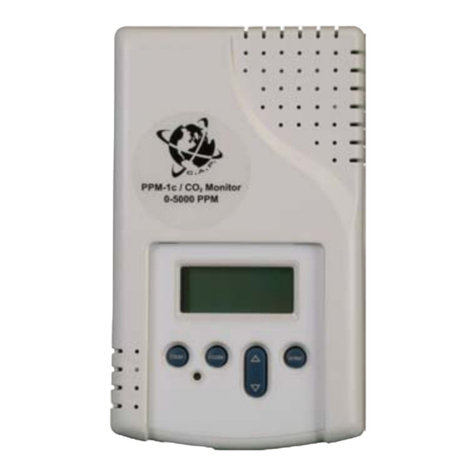NanoSight NS300 Operating Manual
(MAN0516-08-EN-00) 3
NANOSIGHT NS300
OPERATING MANUAL
Contents
1.1 INTRODUCTION ......................................................................................................................................... 5
1.2 EXPLANATION OF WARNING SYMBOLS ................................................................................................. 5
1.3 IMPORTANT NOTES .................................................................................................................................. 5
1.3.1 SAFETY ................................................................................................................................................... 5
1.3.1.1 Laser Safety ................................................................................................................................... 5
1.3.1.2 Electrical Safety.............................................................................................................................. 6
1.3.1.3 General Safety ............................................................................................................................... 6
1.3.2 SERVICING ............................................................................................................................................... 7
1.3.3 MAINTENANCE ......................................................................................................................................... 7
1.3.4 HANDLING............................................................................................................................................... 7
1.3.5 UNPACKING AND INITIAL INSPECTION............................................................................................................. 8
1.3.6 INSTALLATION AND RELOCATION .................................................................................................................. 8
1.3.7 RETURNING EQUIPMENT.............................................................................................................................. 8
1.3.8 WARRANTY ............................................................................................................................................. 9
2. NANOSIGHT NS300 HARDWARE.............................................................................................................. 10
2.1 NS300 TECHNICAL SPECIFICATIONS ...................................................................................................... 10
2.1.1 NS300 INSTRUMENT HOUSING.................................................................................................................. 10
2.1.2 NS300 LASER MODULE ........................................................................................................................... 10
2.1.3 LASER CLASSIFICATION ............................................................................................................................. 10
2.2 NS300 SETUP ........................................................................................................................................... 11
2.2.1 INSTRUMENT COMMUNICATIONS ................................................................................................................ 11
2.2.2 LASER MODULE CONFIGURATION ............................................................................................................... 11
2.2.3 TOP-PLATE SELECTION.............................................................................................................................. 11
2.2.4 EXTERNAL FLUIDIC SETUP .......................................................................................................................... 12
3. LOW VOLUME FLOW CELL ....................................................................................................................... 13
3.1 SYSTEM SETUP ........................................................................................................................................ 13
3.1.1 FLOW CELL ASSEMBLY ............................................................................................................................. 13
3.1.2 FLOW CELL TUBING CONNECTION .............................................................................................................. 14
3.2 FLOW CELL USAGE.................................................................................................................................. 15
3.2.1 PRIMING TUBING..................................................................................................................................... 15
3.2.2 CHANGING INLET TUBING SYRINGE ............................................................................................................. 15
3.2.3 LOADING AN INITIAL SAMPLE ..................................................................................................................... 15
3.2.4 CHANGING SAMPLES ............................................................................................................................... 16
3.2.5 MANUAL CLEANING PROCEDURES .............................................................................................................. 17
3.2.5 DRYING THE LOW-VOLUME FLOW CELL ....................................................................................................... 18





















